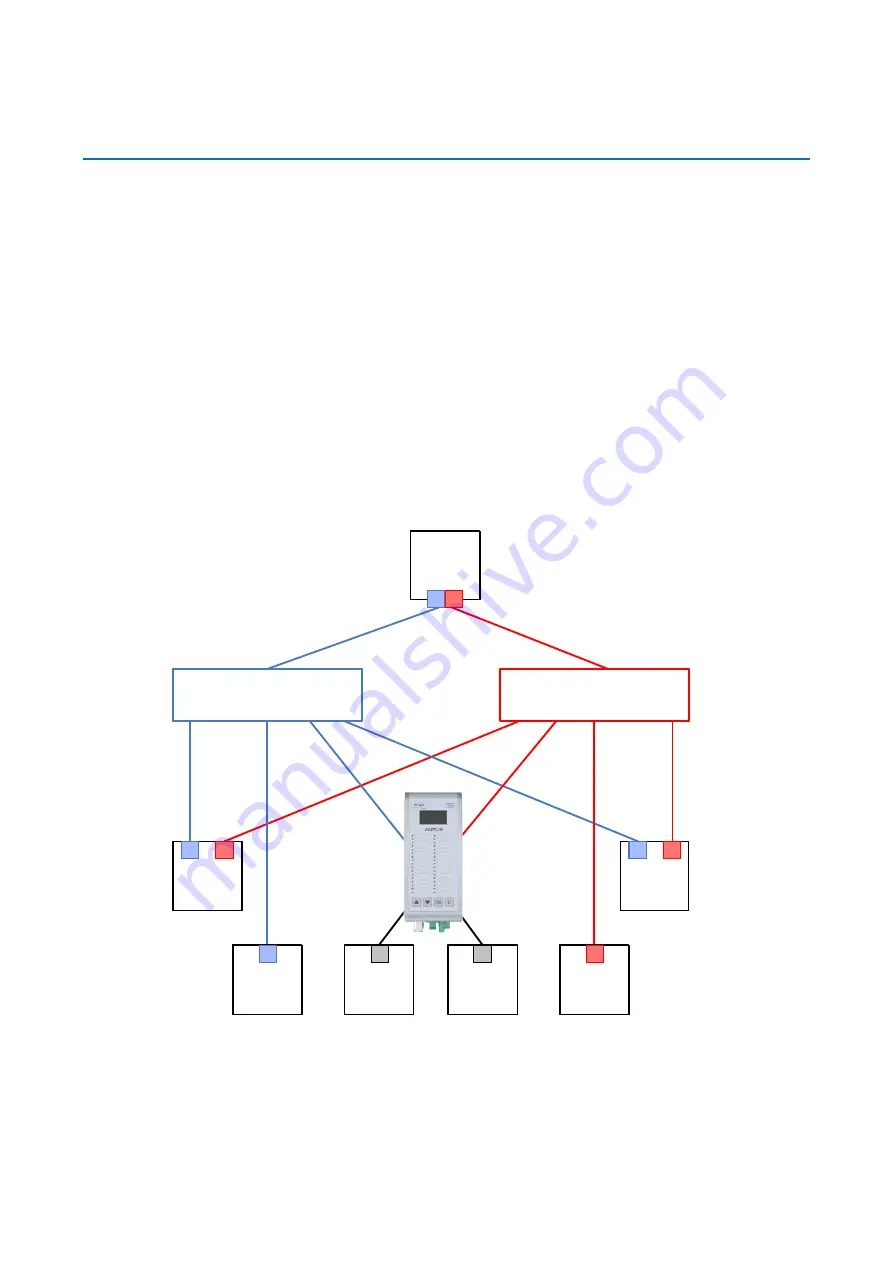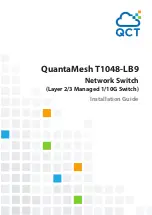
Technical Manual
GE Reason H49
20
H49/EN M/C22
4.2
Parallel Redundancy Protocol (PRP)
The Parallel Redundancy Protocol (PRP) is implemented according to the definition in
the standard IEC 62439-3 (2016) Clause 4.
PRP allows seamless switchover and recovery in case of network disruption (for
instance cable, driver, switch or controller failure).
A PRP compatible device has two ports operating in parallel, each port being
connected to a separate local area network (LAN) segment. IEC 62439-3 (2016)
Clause 4 assigns the term DANP (Doubly Attached Node running PRP) to such
devices. Critical devices should be doubly attached using two ports. The two LANs
have no connection between them and are assumed to be fail-independent.
A source DANP sends the same frame over both LANs and a destination DANP
receives it from both LANs within a certain time, consumes the first frame and
discards the duplicate. In the following figure, DANP1 and DANP2 implement this
redundancy.
DANP 3
H49
RedBox
DANP 2
SAN 1
SAN 4
SAN 2
SAN 3
S1603ENa
LAN A Switch
LAN B Switch
DANP 1
Figure 3: Example PRP Redundant Network
Singly Attached Nodes (SAN) are connected to only one LAN (see SAN 1 and SAN 4 in
previous figure) and they do not implement any redundancy. They can, however, be
Summary of Contents for Reason H49
Page 10: ...Technical Manual GE Reason H49 10 H49 EN M C22 1 2 Ordering Options ...
Page 157: ......
















































